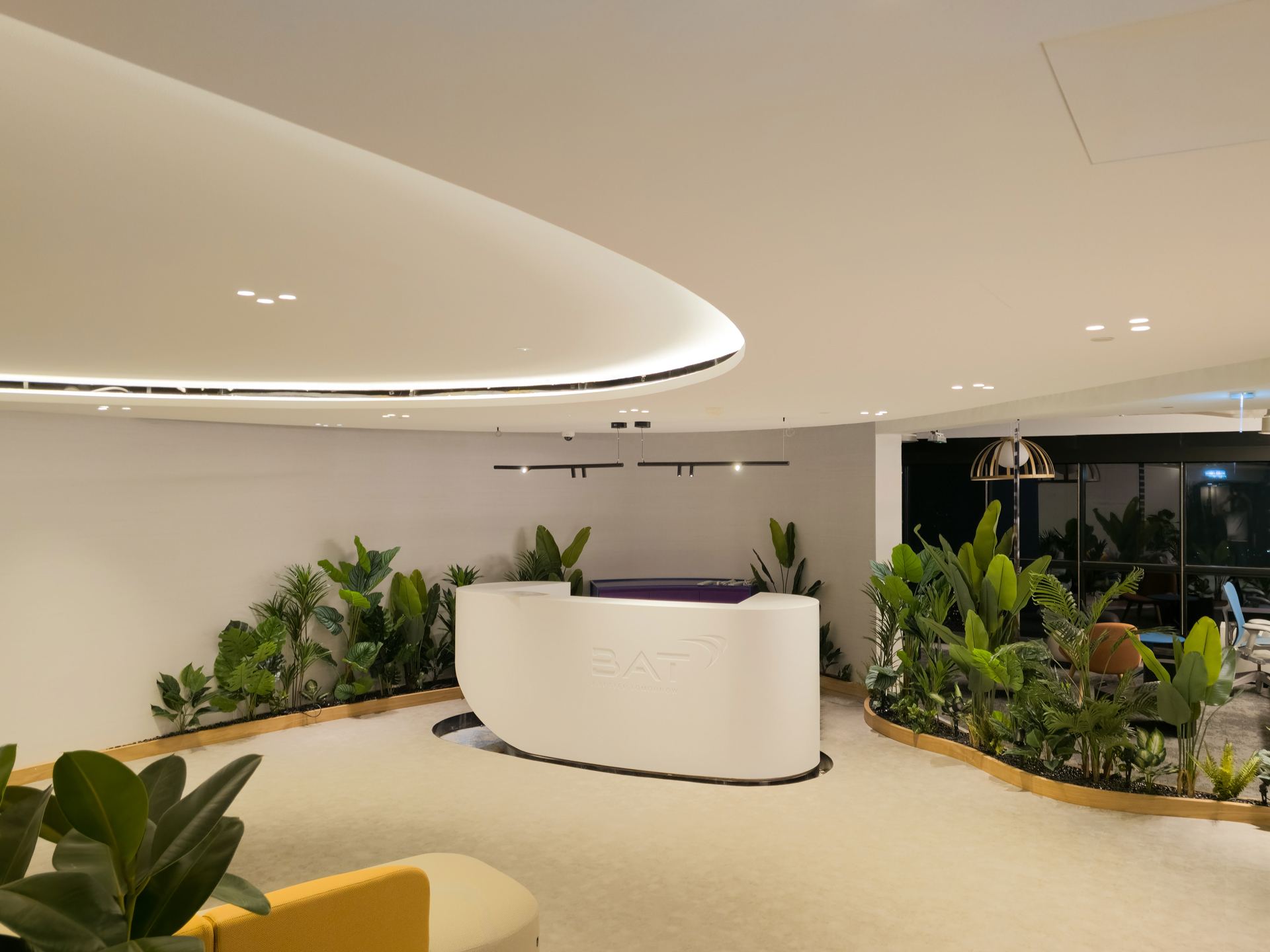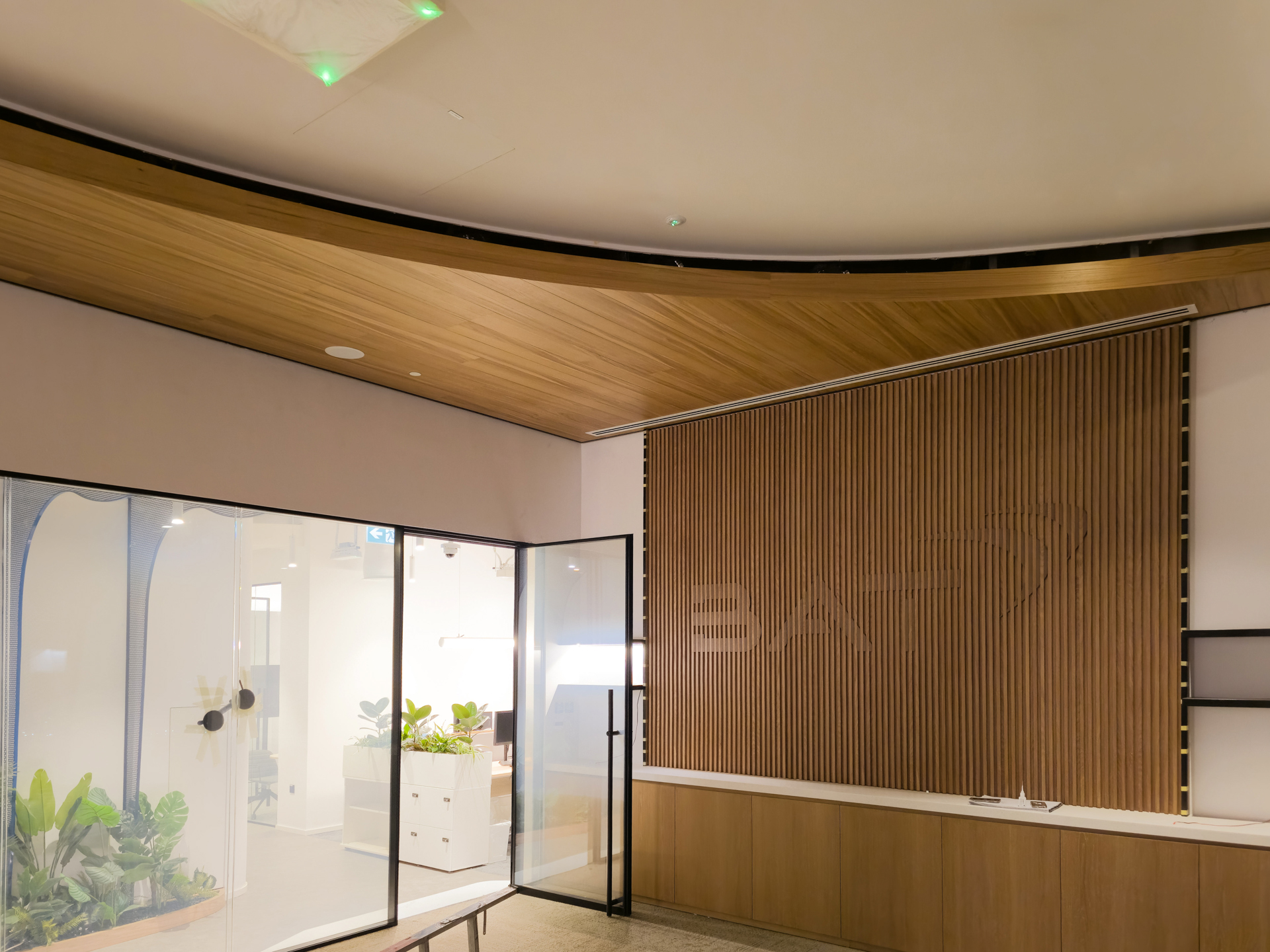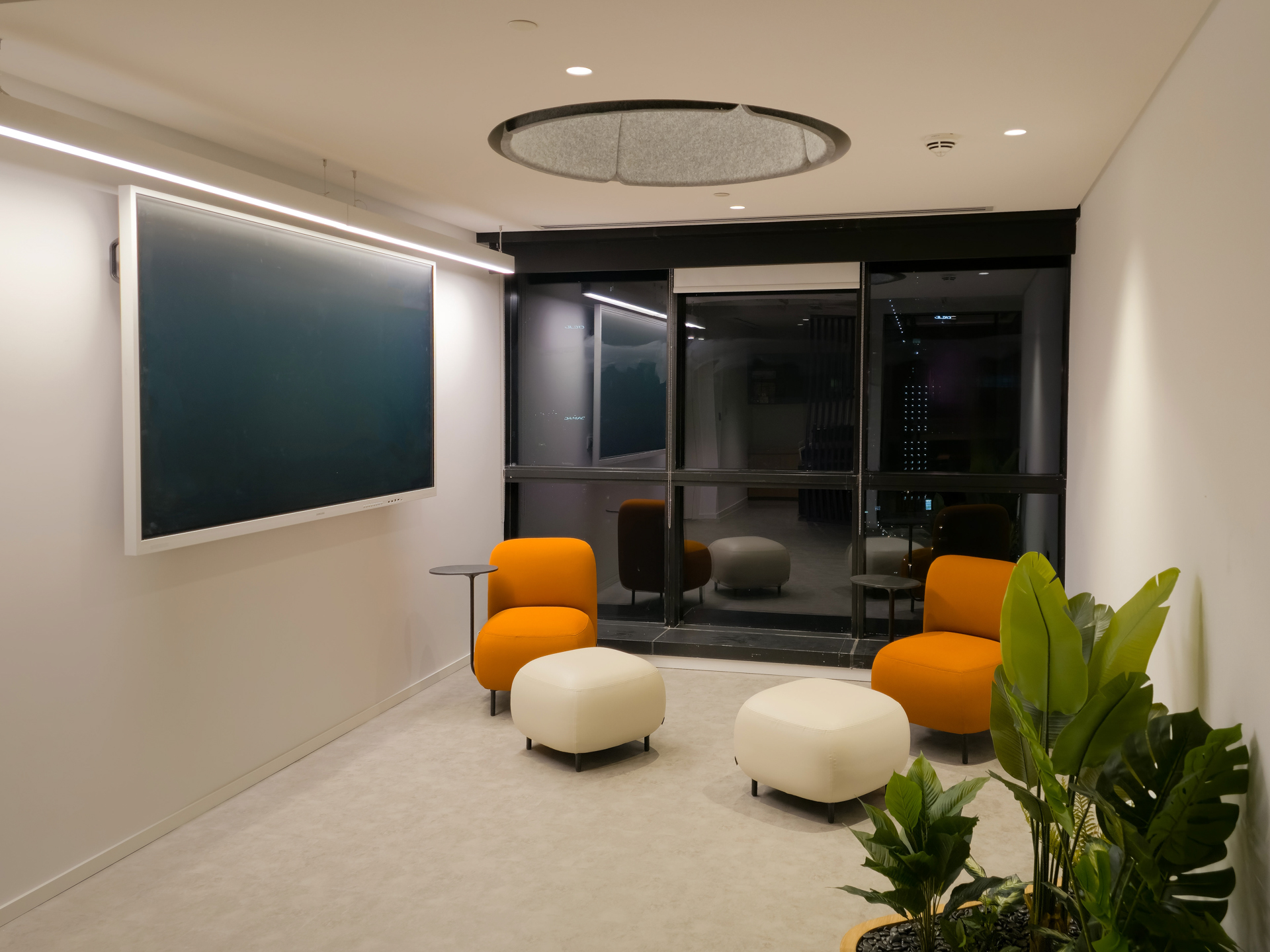
Transforming Acoustic Design with Artificial Intelligence
Acoustic materials shape how we experience space—from quiet residential interiors to busy transit hubs. Traditionally, these materials have been developed through physical prototyping and empirical testing. However, a new approach is gaining traction: the use of artificial intelligence (AI) to design, model, and optimise acoustic performance. This article explores how AI is revolutionising the development of acoustic panels, from predicting sound absorption to supporting sustainable certification goals.

AI-Based Acoustic Design Methods
Importance of Predictive Modelling
AI, particularly through machine learning and deep learning, enables designers to simulate acoustic performance before physical testing. These models analyse data such as material composition, thickness, porosity, and surface geometry to estimate how sound waves will interact with different materials. This allows for faster development of products with known absorption profiles, reducing waste and speeding up time-to-market¹.
Generative Design for Panel Geometry
Using generative design tools powered by AI, manufacturers can explore thousands of acoustic panel configurations in minutes. These tools use design constraints—such as desired absorption coefficients at specific frequencies—and produce optimised geometric shapes or surface textures that improve performance. This computational approach enhances acoustic control in targeted frequency ranges while allowing for creative visual outcomes².
Material Optimisation with AI
AI models can also predict how composite materials—like PET fiber blends, wood fiber, or mineral-based compounds—perform in terms of both sound absorption and environmental impact. By testing various input combinations virtually, researchers can identify materials with lower embodied carbon, reduced VOC emissions, and higher recycled content without compromising acoustic quality³.

Sustainable Integration Through Smart Algorithms
Certifying for Low VOC and Red List Free
AI can aid in achieving sustainability certifications by integrating databases like the Declare Red List, Cradle to Cradle, and LEED into the design process. Algorithms cross-reference selected ingredients and manufacturing methods with these standards to avoid prohibited substances and ensure materials meet emissions thresholds. The result is a streamlined path to third-party certifications and healthier indoor environments⁴.
Cradle to Cradle and EPD Forecasting
Life cycle assessment (LCA) data can now be analysed by AI to predict a material’s environmental performance, making Environmental Product Declarations (EPDs) easier to prepare. This supports manufacturers aiming for LEED credits or green building compliance. AI tools can also track the origin of inputs—such as FSC-certified timber or post-consumer PET—to maintain traceability and supply chain transparency⁵.

Applications Across Construction and Interior Fit-Out
Smart Panels for Dynamic Environments
AI-driven acoustic panels are increasingly being used in hospitals, schools, and performance venues, where sound quality and occupant health are critical.
In these settings, panels can be customised for both aesthetic integration and performance criteria such as NRC ratings, fire classification, and VOC thresholds. Some systems also enable dynamic adaptation—such as shifting geometry or texture based on ambient sound—pushing the boundaries of responsive architecture⁶.
Manufacturing Efficiency and Environmental Gains
The use of AI in product design translates to efficiency gains in production. By identifying the most resource-efficient formulations, AI reduces waste in both the lab and the factory. It also supports batch-level control of emissions, allowing manufacturers to stay within compliance while offering tailored acoustic solutions for diverse spaces⁷.
Benefits of AI-Driven Acoustic Design
Increased Accuracy and Performance
AI offers precision that goes beyond traditional trial-and-error methods. This increases the acoustic effectiveness of panels, especially when customised for low-frequency control, speech clarity, or reverberation reduction. Simulated testing reduces physical prototyping and speeds up innovation cycles⁸.
Health and Sustainability Alignment
By embedding health and environmental data into the design process, AI helps manufacturers meet multiple sustainability goals simultaneously. Panels can be optimised to be low VOC, Red List Free, fire-rated, and high in recycled content—making them suitable for WELL, BREEAM, and LEED projects⁹.
Customisation and Creativity at Scale
Architects and designers benefit from rapid prototyping of tailored acoustic solutions that meet exact technical and aesthetic specifications. AI tools generate visually distinct designs while maintaining acoustic integrity, opening new possibilities for bespoke, brand-specific environments¹⁰.

Modern Acoustics in a World of AI
AI is transforming the way acoustic materials are conceived, tested, and brought to market. Through predictive modelling, smart material selection, and automated compliance tracking, AI enables manufacturers to create safer, more sustainable, and higher-performing panels. As the technology continues to evolve, AI will play an increasingly central role in shaping spaces that are both acoustically superior and environmentally responsible.
References
- Chen, Y., & Zhao, X. (2021). Deep Learning for Acoustic Material Design. IEEE Transactions on Industrial Informatics.
- Davis, D. (2019). Generative Design in Architecture: A Practical Guide. John Wiley & Sons.
- Lewis, J., Carter, R., & Wei, L. (2020). Machine Learning and Sustainable Materials Selection. Materials Today Sustainability.
- International Living Future Institute. (2024). Declare: Ingredient Transparency for Building Products. Declare Database.
- World Economic Forum. (2022). AI in Sustainable Manufacturing: Opportunities and Challenges. World Economic Forum.
- ASTM International. (2021). NRC Testing Methodologies for Architectural Acoustics – ASTM C423-22. ASTM International Standards.
- U.S. Green Building Council. (2023). LEED v4.1 Material Optimization Strategies. U.S. Green Building Council.
Share